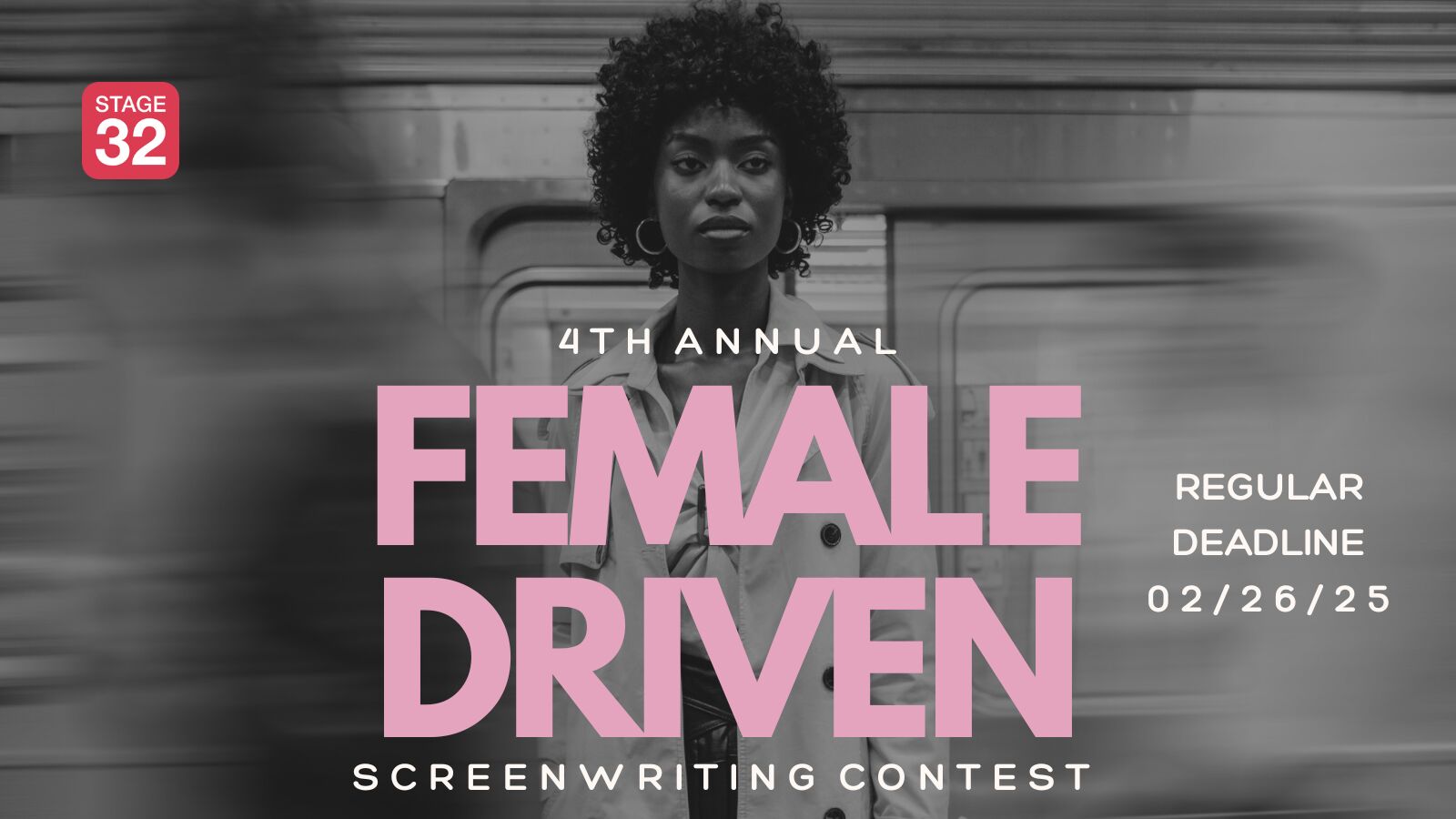I'm rewriting one of my scripts. The current version has the protagonist reminiscing with her future wife/life partner about how they met and problems that they faced to get to this moment. Throughout the script I have it going back and forth from the present to the past. I would like to know what the proper way to do this without making it choppy.



1 person likes this
I tried that with one, going back and forth. Finally pared it down to just two, at the beginning and the end. If you really want to keep them all in, you ,might just write them all as one section and then the rest of the script as another....after all, if it sells, the producer and director will put those scenes where they want them regardless of how they were written.
2 people like this
Is there a reason they have to reminiscing? In other words, can we see the events in a more linear fashion and then BAM here they are? Often we think we need a lot of flashbacks but as noted it just as often comes off as a story that hasn't found its point of view or emotional core. Something to think about.
the one I wrote (then rewrote) was buildup for the present, as someone was supposed to be a ghost. But I got rid of that concept and it seems to have worked out better...
Just saw the last ep of Walking Dead, funny, but they actually used flashbacks in no specific order, and it still made complete sense! So, i don't think there IS a rule! Good luck!
1 person likes this
Hey Brian-- Assuming that you've gone through the rigimore-roll of pros and cons for flashbacks, what can help with smoothing out the narrative is transitions. Consider ways to link or connect the last (present day) scene with the flashback (or flashforward-- open your mind) scene. Be creative -- a window pane reflected in one's eye can transition into a 'pull out to reveal' we are in the flashback looking through another window in another time. Some transitions are obvious-- opening a door on one side of the scene, closing a door in the next. But good transitions can reflect contrasts, too. Use sound, going from light to dark, wide shot to close up shot... just to name a few. Also, don't forget sound or dialogue PRE-LAPS, they work well, too. I carefully craft the beginning and ending of every scene to take advantage of a transition that draws you forward into the next scene smoothly. Flashbacks, when done well, are an amazing tool-- I use them. They exist in many of our favorite movies. But remember that sometimes the subtext in action and dialogue in the present can be equally compelling. Just keep in mind that even very good, well earned flashback,s have a feeling of stalling/stopping the forward drive of the story for the time we are in flashback-- that doesn't mean you shouldn't do it, just that your goal is to make it so compelling that you can't have the movie without it. Apologies for the verbosity =) Cheers, and good luck. Lisa